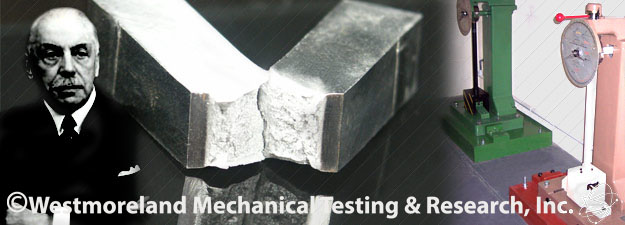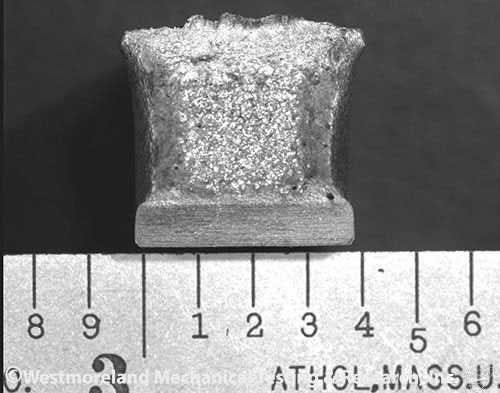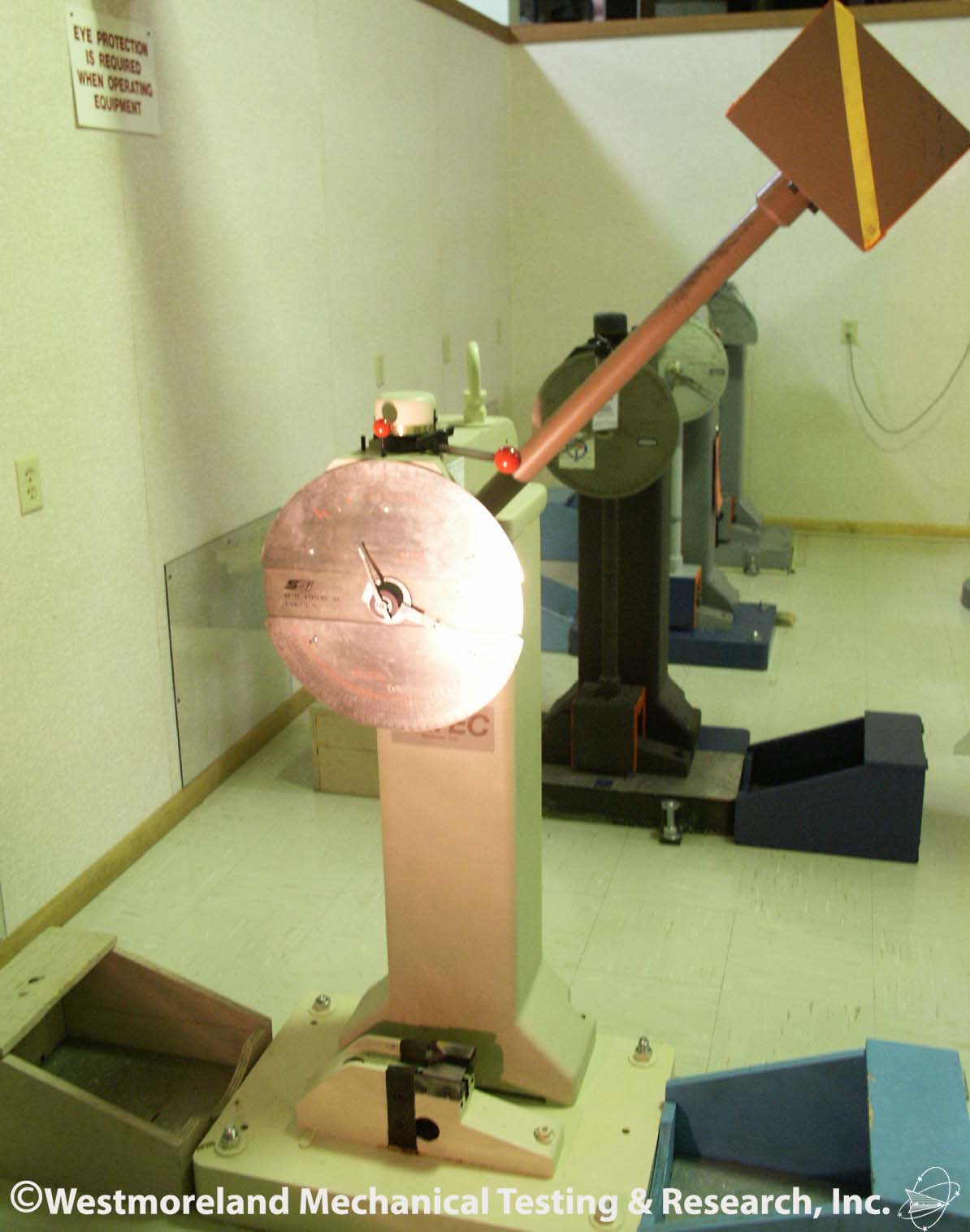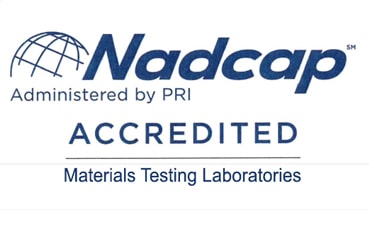Charpy Impact Test

At WMT&R, Izod and Charpy impact testing are performed on instrumented machines capable of measuring less than 1 foot-pound to 300 foot pounds at temperatures ranging from -320°F to over 2000°F. Impact test specimen types include notch configurations such as V-Notch, U-Notch, Key-Hole Notch, as well as Un-notched and ISO (DIN) V-Notch, with capabilities of testing subsize specimens down to ¼ size. IZOD impact testing can be done up to 240 foot-pounds on standard single notch and type-X3 specimens.
The Charpy Impact Test was invented in 1900 by Georges Augustin Albert Charpy (1865-1945). The Charpy impact test measures the energy absorbed by a standard notched specimen while breaking under an impact load. The Charpy impact test continues to be used as an economical quality control method to determine the notch sensitivity and impact toughness of engineering materials.

The standard Charpy Impact Test specimen consist of a bar of metal, or other material, 55x10x10mm having a notch machined across one of the larger dimensions.
- V-notch: 2mm deep, with 45° angle and 0.25mm radius along the base
- U-notch and keyhole notch: 5mm deep notch with 1mm radius at base of notch
The Charpy Impact Test consist of striking a suitable specimen with a hammer on a pendulum arm while the specimen is held securely at each end. The hammer strikes opposite the notch. The energy absorbed by the specimen is determined by precisely measuring the decrease in motion of the pendulum arm.


Important factors that affect the toughness of a material include: low temperatures, high strain rates (by impact or pressurization), and stress concentrators such as notches, cracks and voids.
By applying the Charpy Impact Test to identical specimens at different temperatures, and then plotting the impact energy as a function of temperature, the ductile-brittle transition becomes apparent. This is essential information to obtain when determining the minimum service temperature for a material.



